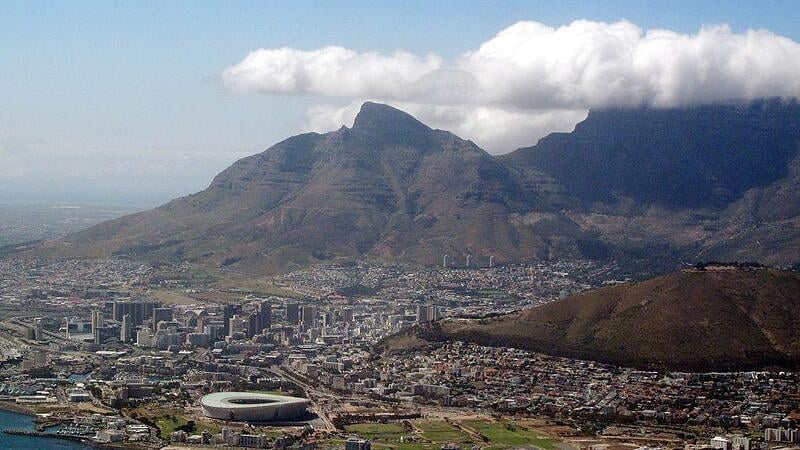Image: JON HRUSA (EPO)
It was shown that a doubling of the population triples the energy demand for transport on average. With the right urban planning, countermeasures can be taken – for example, by opting for a round city shape and avoiding elongated conurbations.
For their analyses, which were published on the preprint server “arXiv” and will appear in the journal “PNAS” in the coming days, the team led by Rafael Prieto-Curiel from the Complexity Science Hub (CSH) Vienna relied on data that was only recently accessible , which come from Google AI. The scientists were able to identify the 183 million buildings and their coordinates in almost 6,000 cities. The researchers then sorted this pile of data, which was accompanied by various other pieces of information, according to various criteria, such as the built-up area of a city, the number of buildings, the space occupied by the city center, or the shape of the building accumulation.
This resulted in a model that, for the first time, made it possible to estimate the transport and energy requirements of African cities very precisely. The key to this lies in being able to calculate the average distance that has to be covered between the individual structures in the respective metropolitan areas. Likewise, Prieto-Curiel and his colleagues Jorge E. Patino of the Universidad EAFIT (Colombia) and Brilé Anderson of the OECD calculated the distances people have to travel in metropolitan areas and the associated travel times.
According to the scientists, it was shown that when the population doubles in a city, the energy requirement for mobility increases threefold. This scenario is quite realistic, because “by 2050 an additional 950 million people will live in cities in Africa, compared to 574 million people in 2015,” says Prieto-Curiel.
Urban planning is decisive for whether the probable population explosion will inevitably lead to an even greater increase in energy demand. Under various planning scenarios, if the number of city dwellers doubled, the energy requirement could increase by a factor of 3.2 in the worst case. With ideal planning, however, there is only a two-and-a-half-fold increase, Prieto-Curiel explained to the APA.
It can be clearly stated that an elongated, sausage-like shape, which smaller cities in particular would tend towards, leads to greater energy requirements in transport and consequently to greater environmental pollution, since the distances to be covered there are longer on average. The difference in shape is also due to the fact that larger cities automatically arrange themselves differently, because routes that are particularly unfavorable can quickly become very time-consuming. This is less important in small towns, says Prieto-Curiel.
If you want to get from the periphery to the center of rounder cities, for example, it is cheaper because distances are shorter and important infrastructure such as the sewage and electricity networks can be set up and operated more efficiently. Because of its shape alone, an elongated city already increases many problems.
While in Europe the urbanization rate (the proportion of a country’s population living in cities) rose from 10 to 40 percent over a period of around 150 years, in Africa it took less than 80 years, according to the CSH researcher. Prieto-Curiel hopes that the new methods and new knowledge that research can provide should therefore be used to ensure that urbanization in Africa is also more planned.
From this perspective, Prieto-Curiel is also critical of Saudi Arabia’s plans to build the model city “The Line” for nine million inhabitants, which is to extend in a straight line over around 170 kilometers: look for two people from the city completely at random Johannesburg (South Africa), a metropolis of nine million people, live an average of 33 kilometers apart. In “The Line”, where, in contrast to Johannesburg, a sophisticated transport system is being set up, it would be 56 kilometers. With the latter approach, people would be “moved away from each other”, which contradicts the character of cities, according to the scientist: The model city will rather “not offer a sustainable way of life, but only a few impressive renderings”, he believes.
Source: Nachrichten




